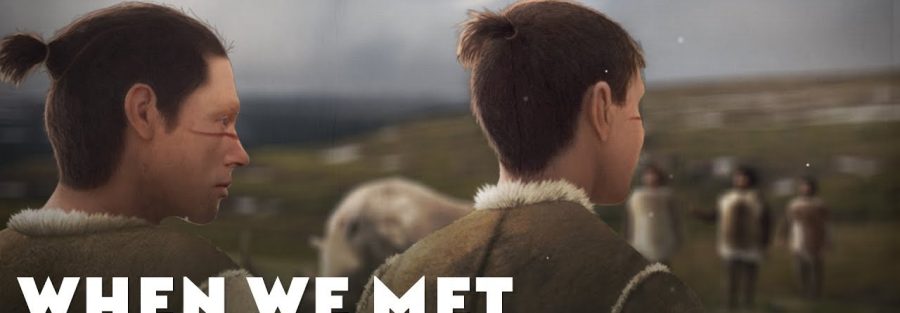The Journey Out of Human
The history of human evolution is a fascinating narrative filled with migrations, adaptations, and encounters. Among the most intriguing chapters are the times when Homo sapiens met other human species. These encounters were not just about coexistence or competition; they were moments of significant exchange that helped shape the course of human evolution. Understanding these interactions provides a deeper insight into our origins and the complexities of our ancestral past.
Around 60,000 years ago, Homo sapiens began migrating out of Africa, embarking on a journey that would bring them face to face with other human species. These encounters were not only significant for the survival and adaptation of our ancestors but also for the development of modern humans. The migration led them to new environments and, ultimately, to the doorstep of the Neanderthals and Denisovans.
Meeting the Neanderthals
Neanderthals, a robust and muscular human species, had already been living in Europe and western Asia for hundreds of thousands of years when Homo sapiens arrived. Initially, it was believed that the interaction between Homo sapiens and Neanderthals was purely competitive, leading to the latter’s extinction. However, recent genetic evidence has unveiled a more complex relationship.
Studies have shown that interbreeding occurred between Homo sapiens and Neanderthals. As a result, modern humans of non-African descent carry approximately 1-2% Neanderthal DNA. This genetic legacy is a testament to the intimate and significant encounters between the two species, influencing aspects of our immune system and even our susceptibility to certain diseases today.
Encountering the Denisovans
While Homo sapiens were meeting Neanderthals in Europe and western Asia, they were also encountering another met mysterious human species in Asia – the Denisovans. These genetic contributions include traits that helped Homo sapiens adapt to high altitudes, such as those found in the Himalayan region. This suggests that interbreeding with Denisovans played a crucial role in the survival and adaptation of human populations in various environments.
The Impact of Interbreeding on Human Evolution
The interbreeding between Homo sapiens, Neanderthals, and Denisovans was not just a genetic exchange but a pivotal moment in human evolution. These interactions brought about the transfer of beneficial genes that aided in our ancestors’ adaptation to new environments and climates. The infusion of Neanderthal and Denisovan DNA into the Homo sapiens gene pool introduced new genetic variations that helped in immunity, adaptation to different climates, and possibly even cognitive functions.
Cultural Exchange and Learning
Apart from genetic exchanges, these encounters likely involved cultural interactions as well. Sharing of tools, techniques, and survival strategies would have been advantageous for both Homo sapiens and Neanderthals. Evidence suggests that the transfer of technology, such as tool-making techniques, may have occurred between the two species, enriching the cultural toolkit of early humans.
Conclusion: A Shared Human Legacy
The encounters between Homo sapiens and other human species, like Neanderthals and Denisovans, were defining moments in our evolutionary history. These meetings not only shaped the genetic makeup of modern humans but also contributed to our cultural and technological development. By understanding these ancient interactions, we gain a deeper appreciation of the complexities of human evolution and the shared legacy that unites us all.
Click Here…. for More Information



